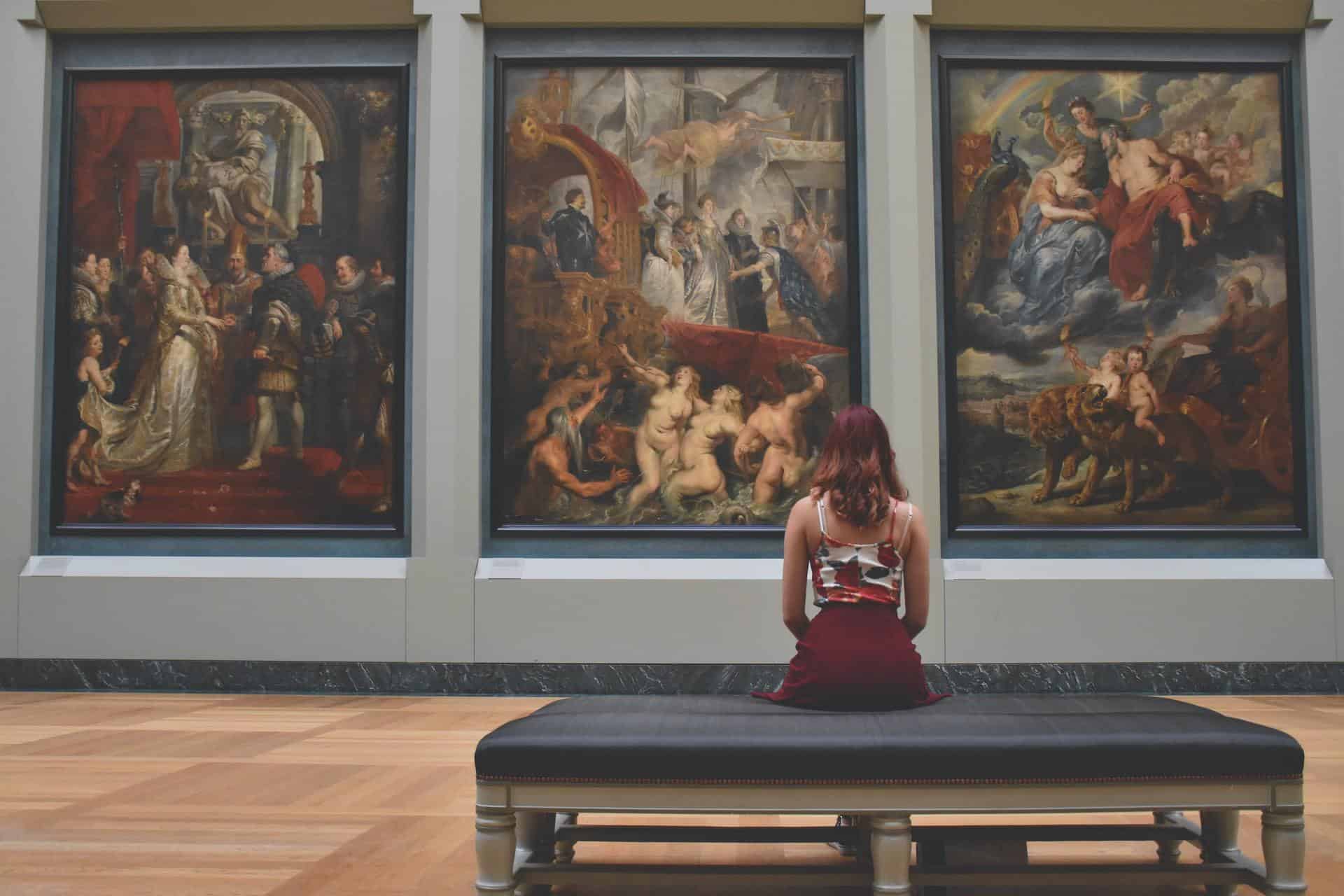Acropolis Museum – Athens – Greece

Updated On: April 16, 2024 by Maha Yassin
Located in Athens, Greece, the Acropolis Museum is a modern architectural masterpiece that houses and showcases the artefacts of the ancient Acropolis of Athens, a symbol of the classical spirit and civilisation of Greece. Since its opening in 2009, the museum has been a pivotal site for understanding Greek history and culture, offering a detailed look into the art and architecture of ancient Athens.
The Acropolis Museum
Designed by architect Bernard Tschumi in collaboration with Greek architect Michalis Photiadis, the Acropolis Museum‘s architecture is a fusion of contemporary design and ancient ideals. The building itself is a reflection of the sophistication of ancient Greek architecture with a modern twist.
The museum has an area of 25,000 square metres, and its design incorporates elements that allow for the natural light to illuminate the sculptures, giving them a dynamic appearance that changes throughout the day.
One of the most striking features of the Acropolis Museum is its transparent ground floor, resting on concrete pillars, which provides a view of the archaeological excavations below. This transparency symbolises the direct connection between the present and the ancient past. The museum’s layout follows the chronological order of the exhibits, allowing visitors to journey through different historical periods.
The Collection
The museum’s collection consists of over 4,000 artefacts, ranging from the Greek Bronze Age to Roman and Byzantine Greece. The exhibits include sculptures, ceramics, jewellery, and everyday items, each narrating a part of the Acropolis’ history. The museum’s galleries are organised thematically, providing a comprehensive understanding of the Acropolis’s architectural and artistic achievements.
A highlight of the museum is the Parthenon Gallery, located on the top floor. This gallery houses the Parthenon marbles, including the famous friezes and metopes, displayed in alignment with the original structure of the Parthenon.
This arrangement offers a panoramic view of the Acropolis, linking the artefacts with their original context. The gallery’s glass walls also provide a breathtaking view of the actual Parthenon, creating a unique dialogue between the exhibit and its historical source.
Educational and Cultural Impact
The Acropolis Museum is not only a repository of ancient artefacts but also a centre for educational and cultural activities. It organises exhibitions, lectures, and workshops that delve into various aspects of Greek art, history, and archaeology. These activities aim to engage visitors of all ages, making the museum a living space for learning and inspiration.
The museum also plays a vital role in the ongoing conversation about cultural heritage and the repatriation of artefacts. The display of the Parthenon marbles, in particular, has reignited discussions about the return of historical artefacts to their country of origin, underlining the museum’s significance in the international cultural landscape.
The Visitor Experience
Visitors to the Acropolis Museum are treated to a multisensory experience. The integration of natural light, open spaces, and the strategic placement of artefacts creates an environment that is both educational and awe-inspiring. The museum’s design ensures that each artefact is given its own space and context, allowing visitors to appreciate the intricacies of ancient Greek craftsmanship.
The museum also includes amenities such as a restaurant and café with stunning views of the Acropolis, a gift shop, and multimedia facilities, enhancing the overall visitor experience.
The Acropolis Museum stands as a beacon of ancient Greek heritage, blending historical significance with modern architectural brilliance. It serves as a bridge between past and present, offering a comprehensive and engaging journey through Greece’s glorious history. As a cultural and educational institution, it continues to captivate and educate visitors from around the world, preserving the legacy of one of history’s most influential civilisations.






